Imagine you’re browsing the web, maybe taking a quick break from work, and boom – a game pops up. Simple, fun, playable right there in your browser. Who even makes those? Could it be someone with the skills of building websites – a web developer? It’s a fair question!
After all, games seem like a whole different world, right? Big budgets, complex engines, huge teams… But what if the line isn’t as clear as you think? What if the skills used to craft websites are surprisingly adaptable to game creation?
Let’s really look into this and see if web developers can make games, and, if so, just how they do it. Prepare to be surprised – the answer might just open up a whole new world of possibilities.
So, can web developers make games?
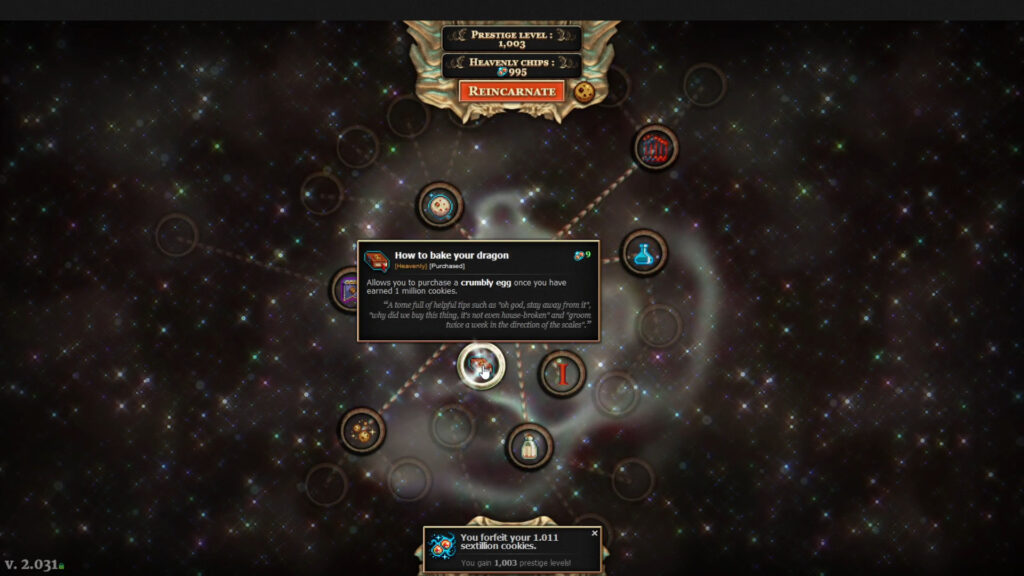
Straight to the point: yes, they can! Web developers have a robust skillset that directly translates to the world of game creation, particularly when it comes to browser-based games.
Why is this the case? Web development relies on core technologies that are perfectly suited for game development on the web – HTML, CSS, and, most importantly, JavaScript. The latter is the workhorse of interactive web experiences, being powerful for creating dynamic and engaging games right in the browser.
And it’s not alone – a vast ecosystem of JavaScript frameworks, like React, Angular, Vue, and countless others, offers pre-built tools and structures that can significantly speed up the game development process.
Nuances of web game development: what’s different about it?
We’ve established that web developers can, indeed, make games, but let’s dig a little deeper and explore what makes web game development unique, and how it differs from creating games for other platforms.
Web games vs. traditional games: key differences

One of the most noticeable differences lies in the typical design philosophy behind web games. Generally speaking, browser-based games are often created for casual, “bite-sized” gaming sessions.
Think about those quick puzzle games, simple arcade-style experiences, or even incremental “clicker” games you encounter online – they’re designed to be easy to pick up and play for a few minutes at a time, perfect for a short break or a quick dose of entertainment.
This contrasts with many traditional games designed for dedicated gaming platforms, which often prioritize longer play times, deeper and more complex mechanics, and immersive, expansive worlds and stories. Also, traditional games often require dedicated hardware and installation, while web games offer instant gratification – just click and play.
However, it’s important to note that this is a general trend. Of course, persistent web games are out there, even some with massively multiplayer online (MMORPG) elements, designed to be played for extended periods and foster long-term engagement. These are exceptions though, and the majority of web games lean towards that accessible, casual, and quick-play model.
Tools and knowledge for web game development

So, what specific tools and knowledge does a web developer need to dip their toes into web game development? At the core, HTML5 Canvas is often used for rendering graphics in browser-based games. It provides a canvas element in HTML where developers can draw graphics using JavaScript.
JavaScript itself (ES6+ and beyond) is where you’ll write the code that makes your game function – handling player input, managing game states, creating game mechanics, and much more.
CSS, while less directly involved in core game logic, is still valuable for styling the user interface (UI) of your game – things like buttons, menus, score displays, and other visual elements that aren’t directly part of the game world itself.
To make the development process smoother, game frameworks and libraries are invaluable. Phaser and PixiJS are two popular choices specifically designed for 2D web game development, with the former being the tech behind Vampire Survivors.
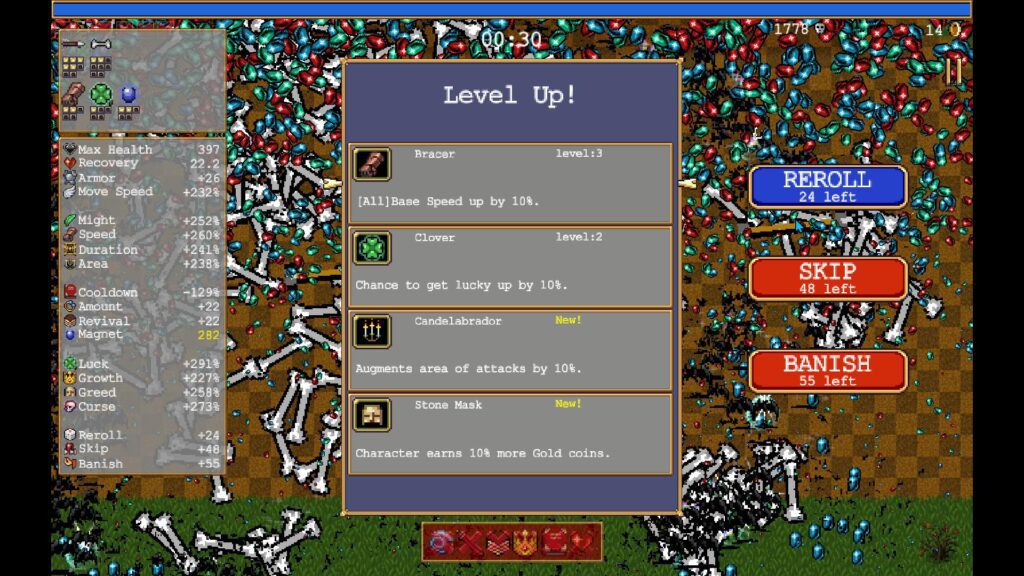
These frameworks provide pre-built functionalities and abstractions that handle many of the common tasks in game creation, such as rendering sprites, managing animations, handling input, and even simple physics. They drastically reduce the amount of “boilerplate” code you need to write, allowing you to focus on the unique aspects of your game.
Beyond knowing web development specific tools, understanding basic game development principles is critical. Concepts like the game loop (the continuous cycle of updating game logic and rendering), input handling (detecting keyboard presses, mouse clicks, touch input), and simple game logic (collision detection, scorekeeping, basic AI) are essential.
While these might be new concepts for some web developers, they are not overly complex and are relatively easy to grasp with some focused learning.
Finally, the development workflow for web games will feel very familiar to web developers. You’ll likely use standard code editors like VSCode or Sublime Text for writing code. Browser developer tools (available in Chrome, Firefox, etc.) are incredibly useful for debugging and testing your game directly in the browser.
Version control systems like Git, which are standard practice in web development, are equally crucial for managing game code, especially for larger projects or team collaborations. Essentially, the transition to web game development leverages many of the tools and practices already familiar to web developers, making it a natural and accessible progression.
Popular web games: achieving success is possible!
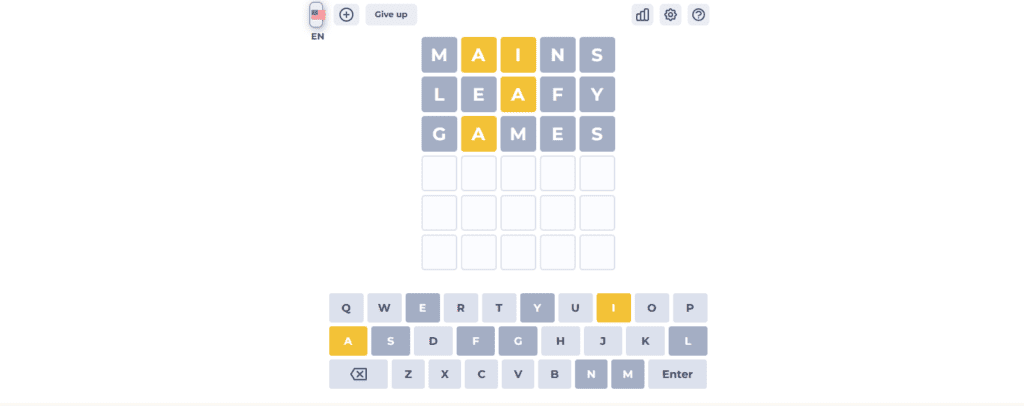
Theory is great, but let’s look at some real-world examples. There’s a surprising number of incredibly popular and even influential games that started as browser-based games, demonstrating just how much you can achieve within this platform.
First up, Wordle. This simple word puzzle game took the internet by storm, and its appeal lies in its elegant simplicity – one word puzzle per day, shareable results, and a clean, browser-based interface. Technically, Wordle is remarkably straightforward to create as a web game, highlighting that complex technology isn’t always necessary for massive success.
Clicker Heroes is another interesting example. This incremental or “clicker” game, where the core gameplay loop revolves around clicking to generate currency and then using that currency to advance further and further still.
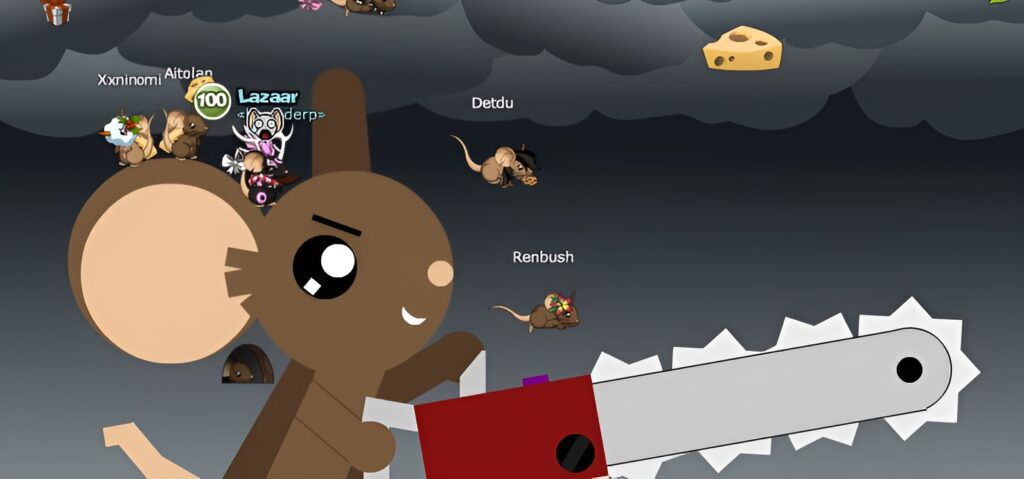
Despite its simple premise, it became incredibly addictive and hugely popular as a browser game. Its success was so significant that it was later ported to platforms like Steam, showing that web games can indeed be commercially viable and even expand beyond their browser origins.
Transformice, on the other hand, highlights the community-building potential of browser-based games. This physics-based platformer, where players control mice cooperating to collect cheese, has been running for years.
A key feature is its user-generated content system, allowing players to create and share their own levels directly within the browser. In turn, this creates a sense of community and demonstrates how web games can support long-term engagement and player creativity.
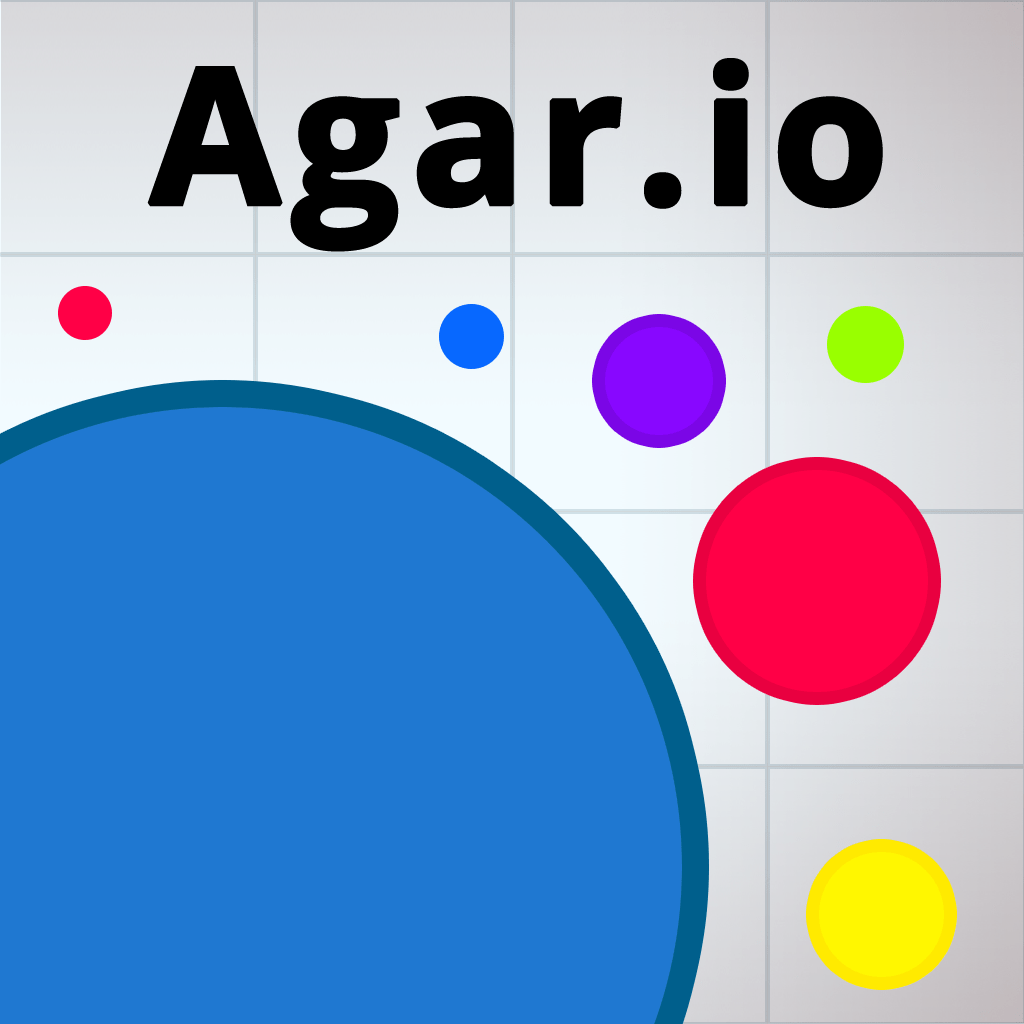
The explosion of “.io” games further cemented the viability of browser-based games. Agar.io was a pioneer of this genre – a minimalist massively multiplayer online game where players control cells, consuming smaller cells and avoiding larger ones.
Its instant playability, no downloads required, and easy sharing were perfectly suited for the browser game format. Games like Slither.io, another “.io” hit with snake-like gameplay, followed in its footsteps, demonstrating the genre’s range and continued appeal.
Finally, Town of Salem offers a different genre perspective. This social deduction game, inspired by Mafia or Werewolf, is entirely browser-based, facilitating complex social interactions and strategic gameplay without requiring external installers or platforms.
Town of Salem showcases how web games aren’t limited to simple arcade experiences and proves it’s possible to build community-driven web experiences right in the browser.
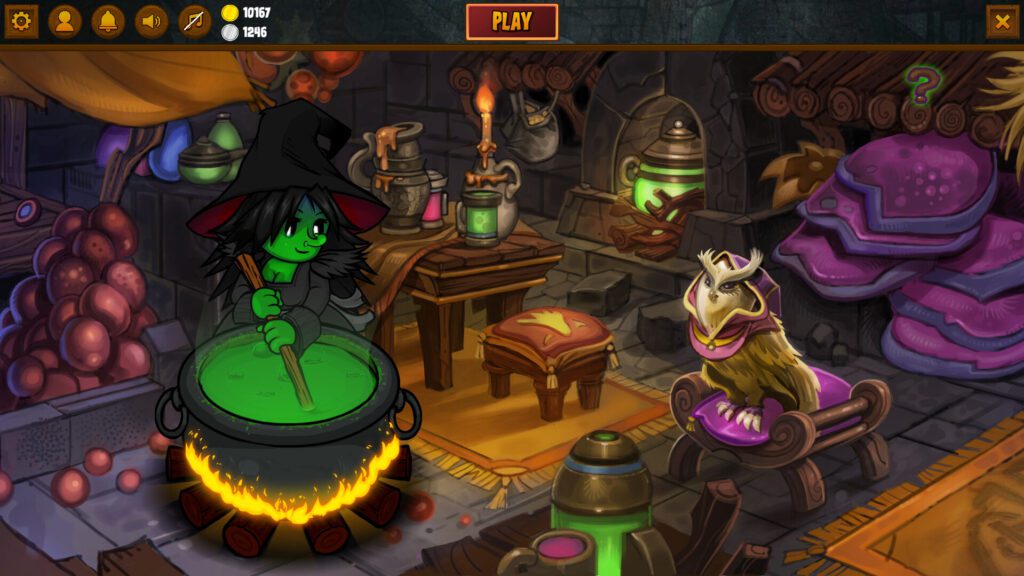
Closing thoughts
In summary, web developers are well-equipped to create games. Leveraging skills in HTML5, JavaScript, and related web technologies, they can build awesome browser-based games.
The accessibility of web game development, combined with the reach of browser platforms, is an opportunity for those with webdev backgrounds to enter the gaming world and create engaging and interactive experiences. It’s a path worth serious consideration for those looking to expand their creative and technical horizons, even as a learning exercise.
Speaking of pathways in game development, Main Leaf offers comprehensive services to support your game projects, regardless of your starting point.
From the first draft to completion, our experienced team can provide expertise in design, development, art, novel technologies, and more. If you’re venturing into game creation, we can provide the resources and guidance to help you achieve your game development goals!
Get in touch to discuss your project!

